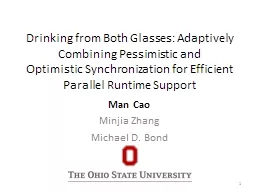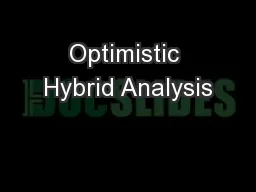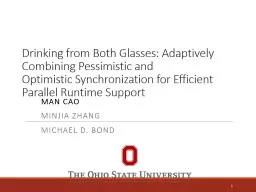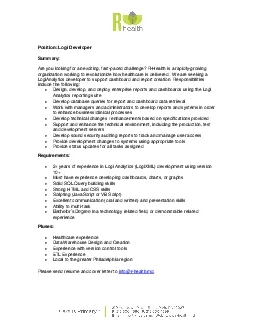PPT-Reasoning about Optimistic Concurrency Using a Program Logi
Author : pasty-toler | Published Date : 2016-06-29
Ming Fu USTC amp Yale Joint work with Yong Li Xinyu Feng Zhong Shao and Yu Zhang What is Optimistic Concurrency Increments the shared variable x atomically
Presentation Embed Code
Download Presentation
Download Presentation The PPT/PDF document "Reasoning about Optimistic Concurrency U..." is the property of its rightful owner. Permission is granted to download and print the materials on this website for personal, non-commercial use only, and to display it on your personal computer provided you do not modify the materials and that you retain all copyright notices contained in the materials. By downloading content from our website, you accept the terms of this agreement.
Reasoning about Optimistic Concurrency Using a Program Logi: Transcript
Download Rules Of Document
"Reasoning about Optimistic Concurrency Using a Program Logi"The content belongs to its owner. You may download and print it for personal use, without modification, and keep all copyright notices. By downloading, you agree to these terms.
Related Documents














